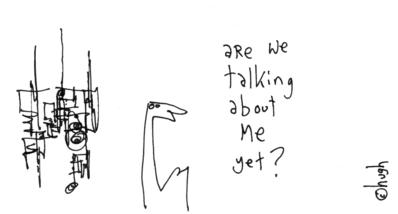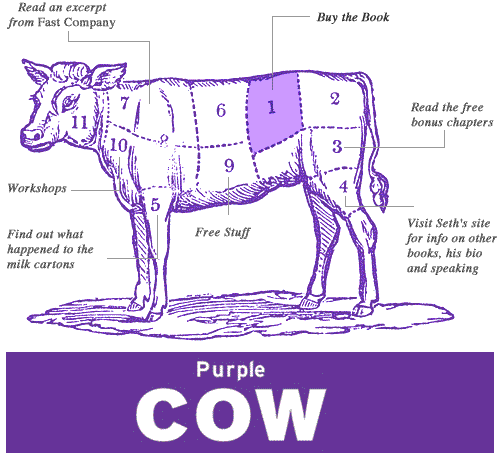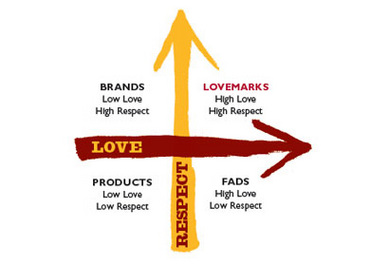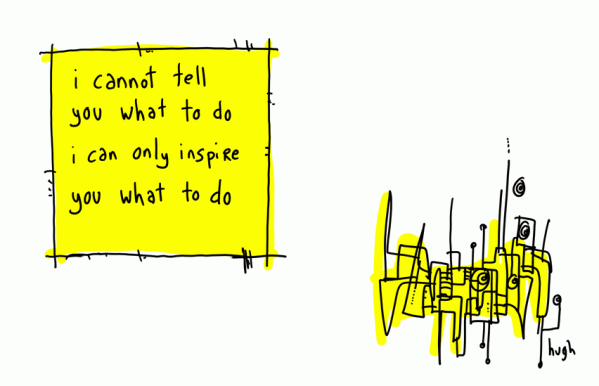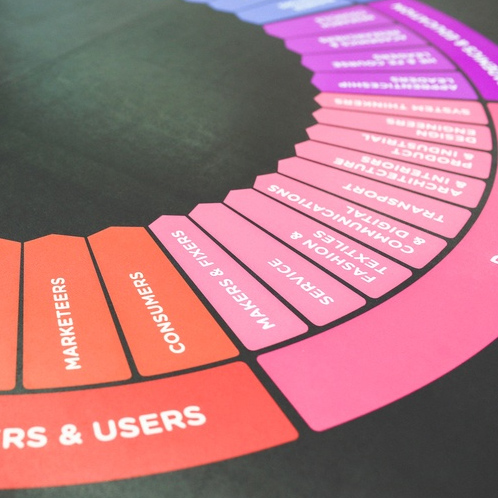 Imagine the enthusiasm of five or six marketing professionals talking over drinks at an electrifying conference.
Imagine the enthusiasm of five or six marketing professionals talking over drinks at an electrifying conference.
One guy says the unique selling proposition is all that matters, another disagrees and says it’s all about positioning while another evangelizes permission based marketing. Back and forth the conversation goes from features and benefits to personas to customer perceptions and calls to action.
It’s true, there are many ways to market, advertise and sell.
Only one of these guys begins to talk about “reasons to believe” and “accepted consumer beliefs”.
A hush falls over the small gathering as the other four lean in.
They’ve now moved to a conversation about a discipline right out of the playbook of one of the largest consumer goods companies in the world.
This technique is all about aligning with the customer, he says.
You see, the ugly truth about value propositions, unique benefits, and compelling claims is they all hinge on the customer and your ability to captivate them.
This means your product isn’t special unless it resonates in the deciding mind of the customer.
He then goes on to say that we can learn from P&G…
A quick case study on Scope.
Proctor & Gamble needed to differentiate Scope mouthwash. From a product perspective, they weren’t concerned about the color, container, or label. They were concerned about the customer. Research with target customers found the key driver for mouthwash was “close contact” rather than “confidence” and “efficacy” as advertised by competitors. Knowing this “close contact” insight, they worked the unique promises that resonated with that finding.
It means they didn’t change the product, improve it, or add more to it.
They changed how they talked to customers about Scope mouthwash – in very crystal clear way.
This one insight on “close contact” helped them with claims and messages and competitive differentiation. For example they successfully advertised to re-position Listerine as “medicine breath”. This tactic was informed by the customers concern for “close contact” and their need for market share by pulling customers from Listerine.
This is interesting because Listerine invented the mouthwash category in the 1880’s and found it’s break-away message in the 1920’s by coining the term “halitosis”.
As a quick aside, it’s worth mentioning that Listerine languished in the early years because it tried to be a cure-all for many things including dandruff, sore throats, and body odor. Listerine didn’t originally know who it was or what customers responded too.
After years of a focused message, now everyone knows that Listerine “kills germs that cause bad breath”.
So, how do you get to your best customer focused message?
One school of thought is what P&G does.
It’s the “concept” or sometimes called the concept statement or concept strategy.
“A concept is a promise a product makes to resolve an unmet consumer need, the reason why it will satisfy the need, and a description or portrayal of any key element that will affect the perception of the product.” Proctor & Gamble
Your concept describes how it will improve the customer’s life. It will answer questions like:
- Who is it for?
- How does it fit into their life?
- What will it do for them?
- Why should they believe you?
The concept clearly identifies the unmet need (or major frustration) and includes three essential components: the single minded benefit, the reason to believe and the accepted consumer belief.
-
The accepted consumer belief (ACB) – “You understand me”.
It’s the point of view of the customer that has them saying “You understand me”. The ACB clearly expresses the customer’s frustration and unmet need. This is directly aligned with the customer’s perspective of why they do what they do.
-
The Single Minded Benefit – “What’s in it for me?”
This is a clear, distinct, statement of benefit that fulfills the customer need or want according to the ACB. The benefit may be emotional or tangible. It must resonate as making the customer’s life better. It is important to the customer. It cannot include more than one benefit else it confuses the customer and the appeal of the concept.
-
Reason to Believe (RTB) – “Why should I believe you?”
The RTB is the unique reason to believe that your product/service delivers the benefit you say it does. It answers the question “Why should I believe you”? The key is that you must provide permission to be trusted to met the need or solve the problem. It can be a feature, process, endorsement or brand equity.
More on RTB’s.
This is also where you identify your proof points, your unique selling proposition, or your differentiation. Proof points are helpful ways to drill down to your unique features, ingredients, methodology or process. I bring this up because its generally the USP or the value proposition, or the positioning of a product or service that most people think about. And an RTB is another way of articulating this same thing – it’s the “because” of your claim.
Pulling it all together.
You need to have a crystal clear concept that so clearly connects to the customer they can’t help but agree that you know them, understand them, and are giving them exactly what they need. You have to give them the comfort the believe you will in fact solve their problem.
It’s recommended to discover these insights directly with customers in qualitative research.
To do this, you would map out an ACB, it’s single benefit, and perhaps the top 3 reasons to believe for that benefit. You repeat this across every concept you have and test with customers to find what is most effective as the clear concept.
Good insights will:
- Be succinct, concrete, and descriptive
- Communicate only the most important information in as few words as possible
- Be compelling and clearly communicate the idea
- Be in customer language not marketing jargon
Here is a hypothetical example using information on Dove Soap:
ACB:
Soap Dries My Skin
[in this case it’s a pain point. The unmet need could be “I want a soap that doesn’t dry out my skin”]
Benefit:
Dove is a deep moisturizer for dry skin.
RTB:
- Dove contains ¼ moisturizing cream
- Zero pH levels
- Dove has strong brand awareness with personal health care products.
I’ve personally used this approach and found it to be effective at gathering customer insights for both product development and marketing messages.
I do not feel this is the ONLY way to build out your marketing message, brand, or positioning. But I think it’s worth showing how this works and fostering an understanding of this approach.
If you’re familiar with copy writing, then you might see a correlation to PAS; Problem, Agitate, Solution.
For a more holistic view, you can see how this approach fits within the familiar value prop framework (as seen on slide 3)
 Ready to email someone for the first time – asking for something? Wish you had an email template and and some advice on the best way to send a cold email? Maybe a bunch of email templates or advice from someone who has been effective with it?
Ready to email someone for the first time – asking for something? Wish you had an email template and and some advice on the best way to send a cold email? Maybe a bunch of email templates or advice from someone who has been effective with it?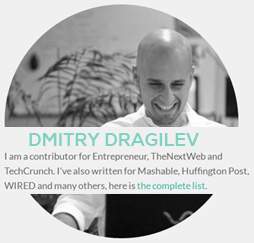 If you happen to be rushed and just want one good article to start off with, then I suggest you jump straight over to Dmitry’s exemplary post on
If you happen to be rushed and just want one good article to start off with, then I suggest you jump straight over to Dmitry’s exemplary post on  Here is my curated list of the best sites to scour for free stock images for your blog, facebook feed, twitter stream or whatever you’re into. I suspect you’ll jump to these sites and see for yourself, so I didn’t bother with getting descriptive on most of them. However, as you’ll see below, there were a few image sites that I did want to make special mention of.
Here is my curated list of the best sites to scour for free stock images for your blog, facebook feed, twitter stream or whatever you’re into. I suspect you’ll jump to these sites and see for yourself, so I didn’t bother with getting descriptive on most of them. However, as you’ll see below, there were a few image sites that I did want to make special mention of.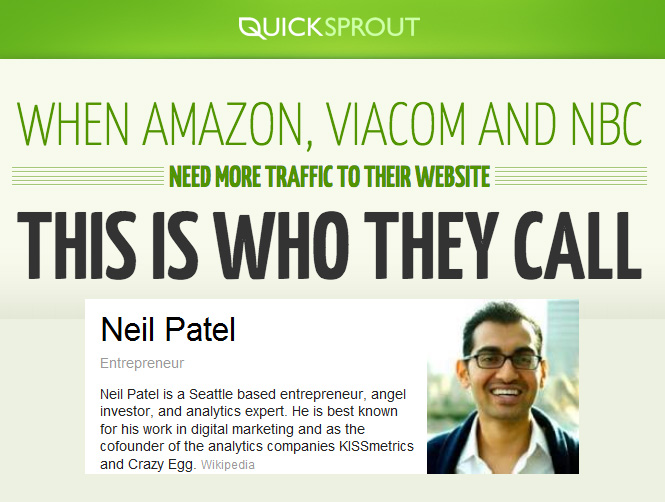 One of the web’s most informed internet marketers,
One of the web’s most informed internet marketers, 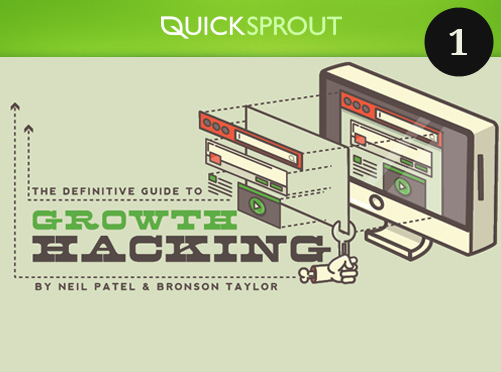 Looking to get and keep customers? Then this
Looking to get and keep customers? Then this 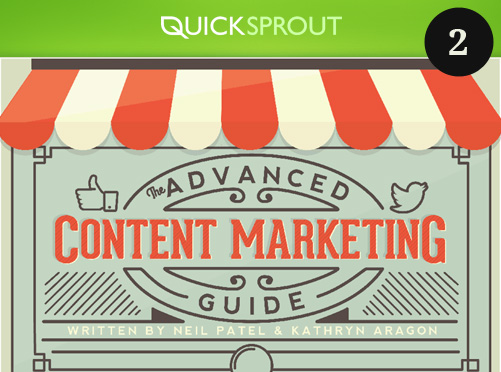 This is essential reading for bloggers, ecommerce sites, and business owners who are looking to drive sales, traffic, and trust using high-value content. This is something Neil is a master at and you’ll find everything from generating good content ideas to planning your content creation and learning how to write like a pro. You’ll learn more about SEO and how to promote the site and solid ways to monetize the traffic. You’ll get a lot of value out of the examples, templates and advice.
This is essential reading for bloggers, ecommerce sites, and business owners who are looking to drive sales, traffic, and trust using high-value content. This is something Neil is a master at and you’ll find everything from generating good content ideas to planning your content creation and learning how to write like a pro. You’ll learn more about SEO and how to promote the site and solid ways to monetize the traffic. You’ll get a lot of value out of the examples, templates and advice.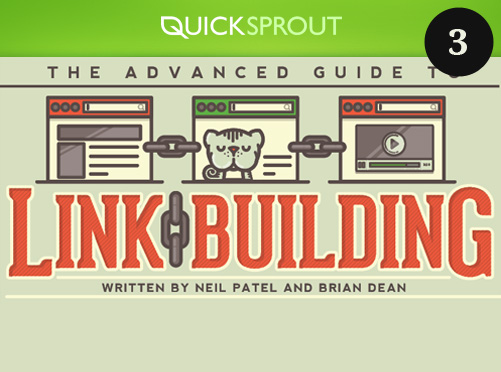 For online marketers and anyone trying to generate more traffic to their site, one of the most important skills is link building. This is a “normal” SEO concern, but it’s written for business owners and marketers to get a complete view of why this matters, how it works, and the strategies involved in building great inbound links. You’ll find ideas, advice, tips, and direct instruction to quickly advance your link building strategies and results.
For online marketers and anyone trying to generate more traffic to their site, one of the most important skills is link building. This is a “normal” SEO concern, but it’s written for business owners and marketers to get a complete view of why this matters, how it works, and the strategies involved in building great inbound links. You’ll find ideas, advice, tips, and direct instruction to quickly advance your link building strategies and results.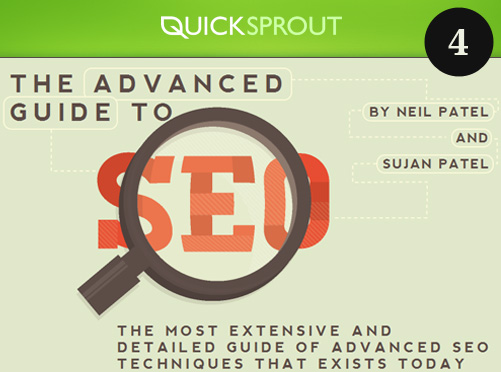 This SEO guide gets into advanced topics and proves to be a great next step for those that have mastered SEO Basics and have already moved past the well known SEOMoz Beginner’s Guide. Additionally, this guide is written after the now infamous Penguin and Panda Google updates, so you’ll find it’s extremely relevant and useful for today’s SEO best practices. You’ll like that tactical advice, sound strategies, and helpful examples.
This SEO guide gets into advanced topics and proves to be a great next step for those that have mastered SEO Basics and have already moved past the well known SEOMoz Beginner’s Guide. Additionally, this guide is written after the now infamous Penguin and Panda Google updates, so you’ll find it’s extremely relevant and useful for today’s SEO best practices. You’ll like that tactical advice, sound strategies, and helpful examples.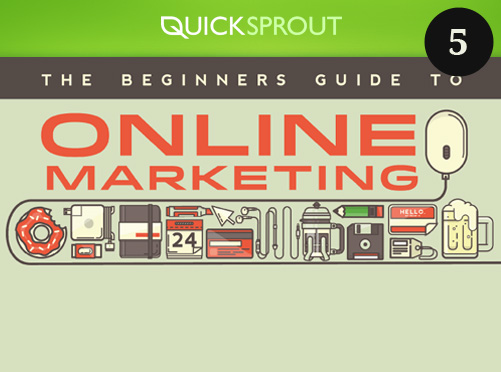 This 14 chapter guide pulls you through developing strategy, plans, conversions, email marketing, pr, and more. It’s billed as a beginner’s guide for first-time marketers, small business owners, and experienced entrepreneurs. I found it to be a well organized collection of concept and strategy for online marketing – more than a primer, but less than a definitive end-all guide. I think you’ll find it useful for all the key aspects of your online marketing efforts.
This 14 chapter guide pulls you through developing strategy, plans, conversions, email marketing, pr, and more. It’s billed as a beginner’s guide for first-time marketers, small business owners, and experienced entrepreneurs. I found it to be a well organized collection of concept and strategy for online marketing – more than a primer, but less than a definitive end-all guide. I think you’ll find it useful for all the key aspects of your online marketing efforts.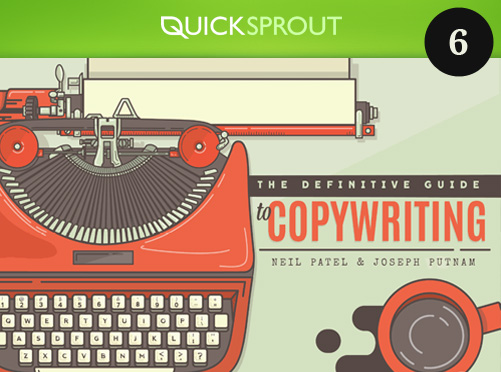 Great writing is the foundation for all marketing, seo, and useful content. It’s engaging, persuasive, and shareable. If you are interested in selling more online, getting more people to follow you or recommend you as a resource, then this guide is a critical tool. You’ll learn about creating clear and compelling content, headlines, and customer focused messages. Most improtantly, you’ll learn how to focus on the customer and convert more people.
Great writing is the foundation for all marketing, seo, and useful content. It’s engaging, persuasive, and shareable. If you are interested in selling more online, getting more people to follow you or recommend you as a resource, then this guide is a critical tool. You’ll learn about creating clear and compelling content, headlines, and customer focused messages. Most improtantly, you’ll learn how to focus on the customer and convert more people.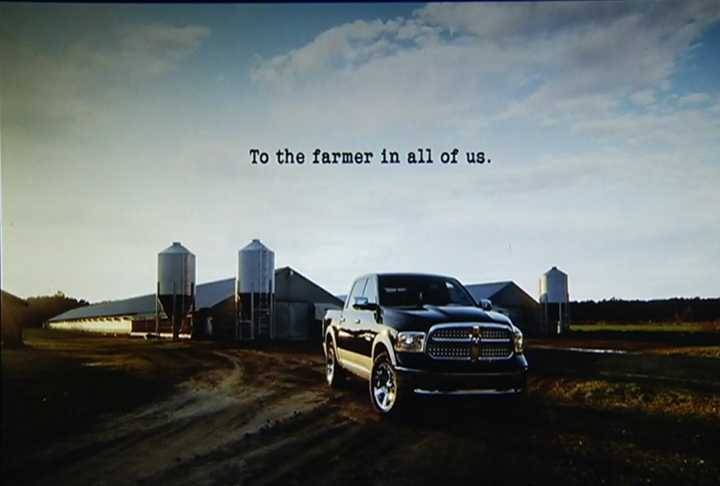 Hanging with nowhere to go. That’s what Dodge did with the Farmer Super Bowl ad.
Hanging with nowhere to go. That’s what Dodge did with the Farmer Super Bowl ad.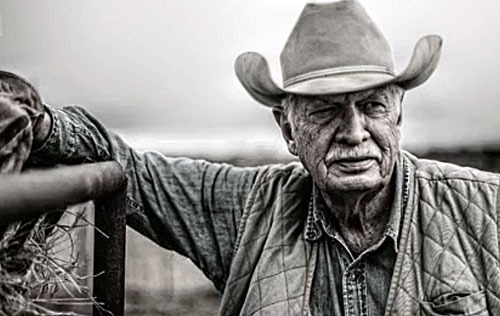 The ad has already proven itself as an emotional marketing powerhouse with a remix and plenty of people talking about it.
The ad has already proven itself as an emotional marketing powerhouse with a remix and plenty of people talking about it. I don’t know about you, but I’m no farmer. Even still, I was absolutely stirred up. The spot had my attention and a gentle nudge or invitation was expected, and I feel necessary. The ad agency and Dodge actually did a lot, but left so much to die on the vine.
I don’t know about you, but I’m no farmer. Even still, I was absolutely stirred up. The spot had my attention and a gentle nudge or invitation was expected, and I feel necessary. The ad agency and Dodge actually did a lot, but left so much to die on the vine.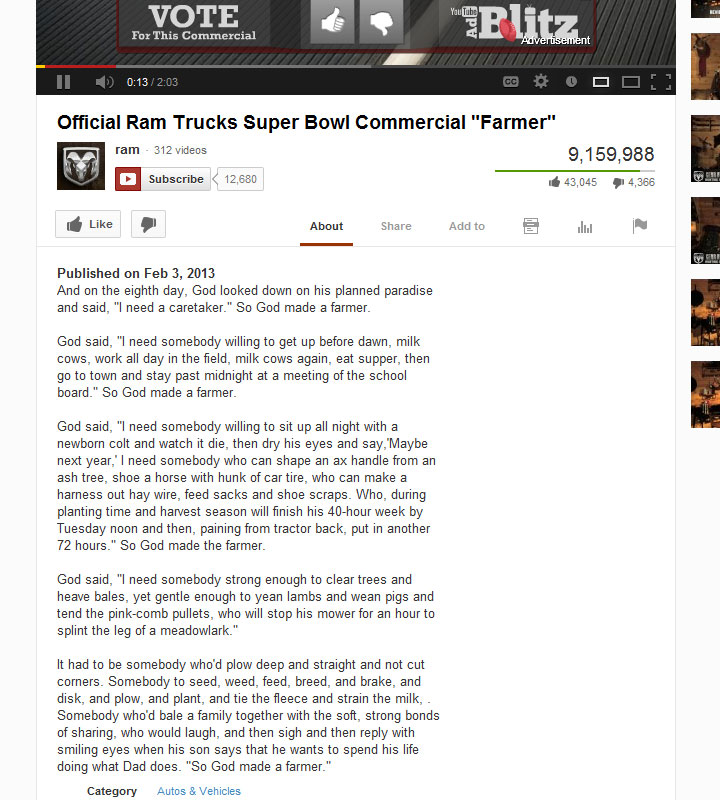
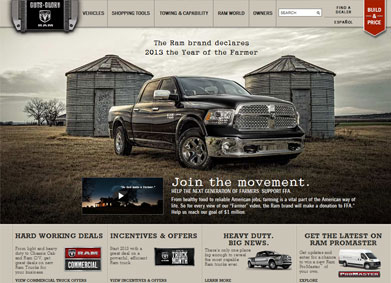 1 –Dodge is serious about this Farmer campaign and has dedicated a lot of resources to it. They put farmers front and center on the
1 –Dodge is serious about this Farmer campaign and has dedicated a lot of resources to it. They put farmers front and center on the 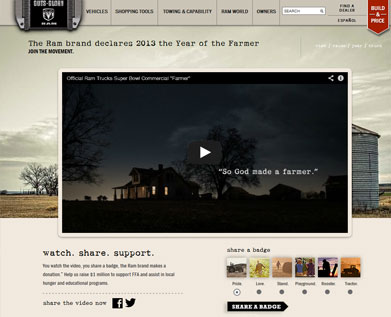 3- You also don’t know they have a
3- You also don’t know they have a 
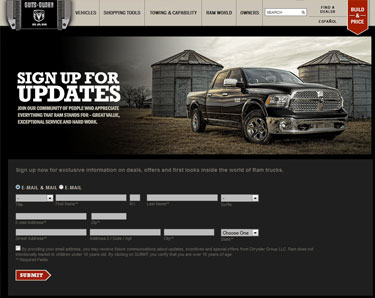 6 –They have an email newsletter to sign up too. It’s hidden. You have to scroll down and click a link before actually getting to it. So, it’s probably not getting signups and whatever it is getting is abysmal compared to what it would get if it were simplified and brought up to the Farmer page where it belongs.
6 –They have an email newsletter to sign up too. It’s hidden. You have to scroll down and click a link before actually getting to it. So, it’s probably not getting signups and whatever it is getting is abysmal compared to what it would get if it were simplified and brought up to the Farmer page where it belongs.
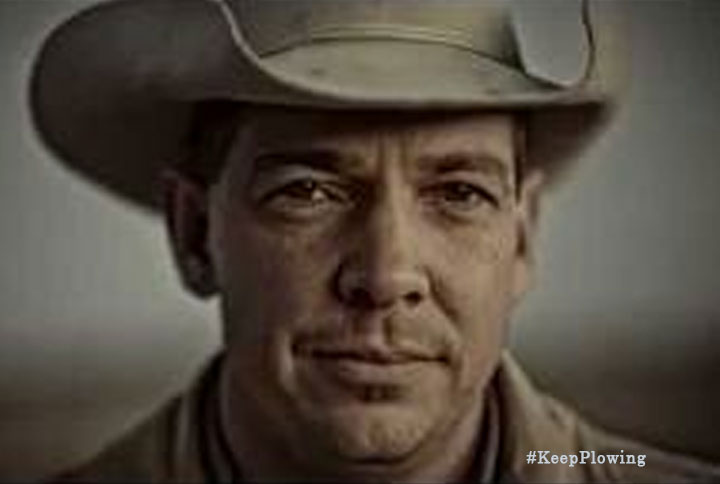
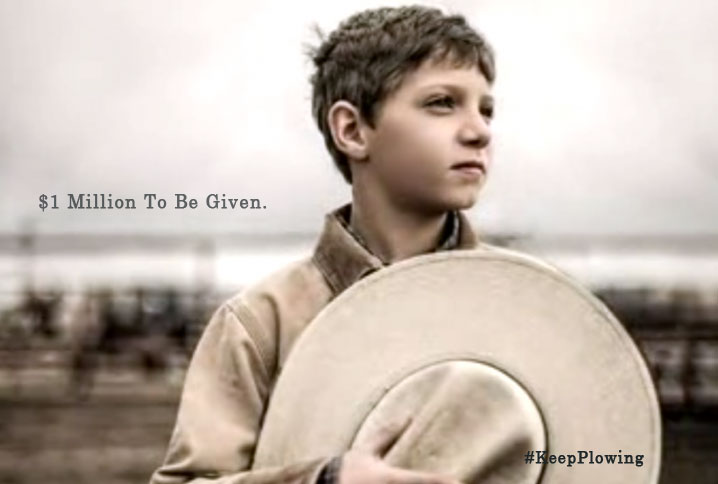
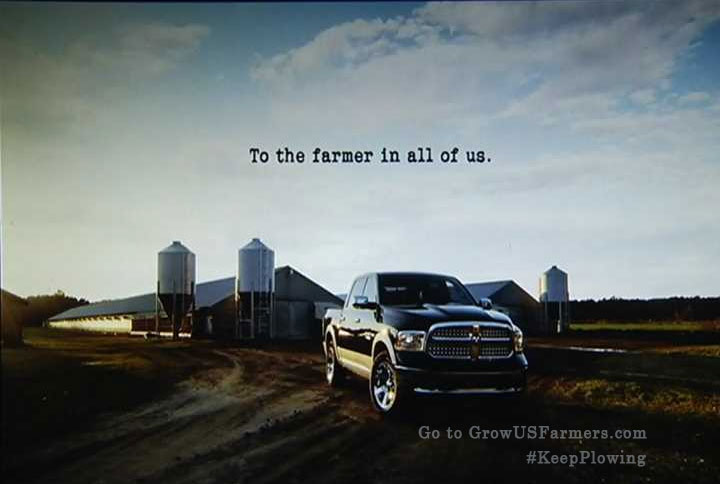
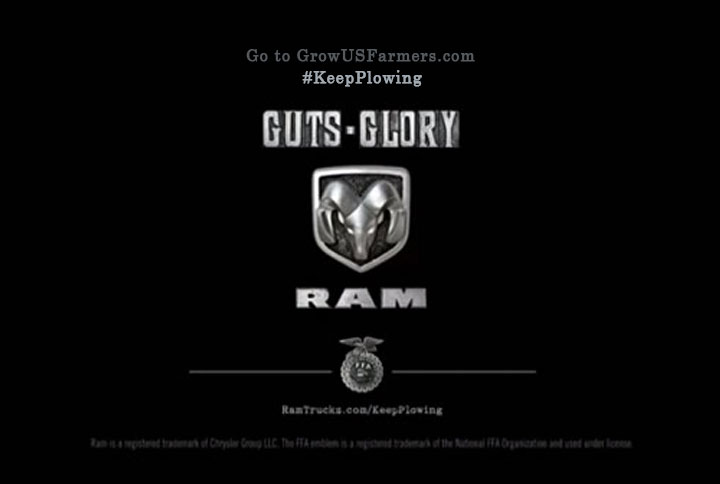
 Most marketing and advertising is awful. Just plain, heartless, uninspired, time-wasting, noise.
Most marketing and advertising is awful. Just plain, heartless, uninspired, time-wasting, noise. Wait, what? A drum set?
Wait, what? A drum set? This post is not about advertising stunts.
This post is not about advertising stunts.